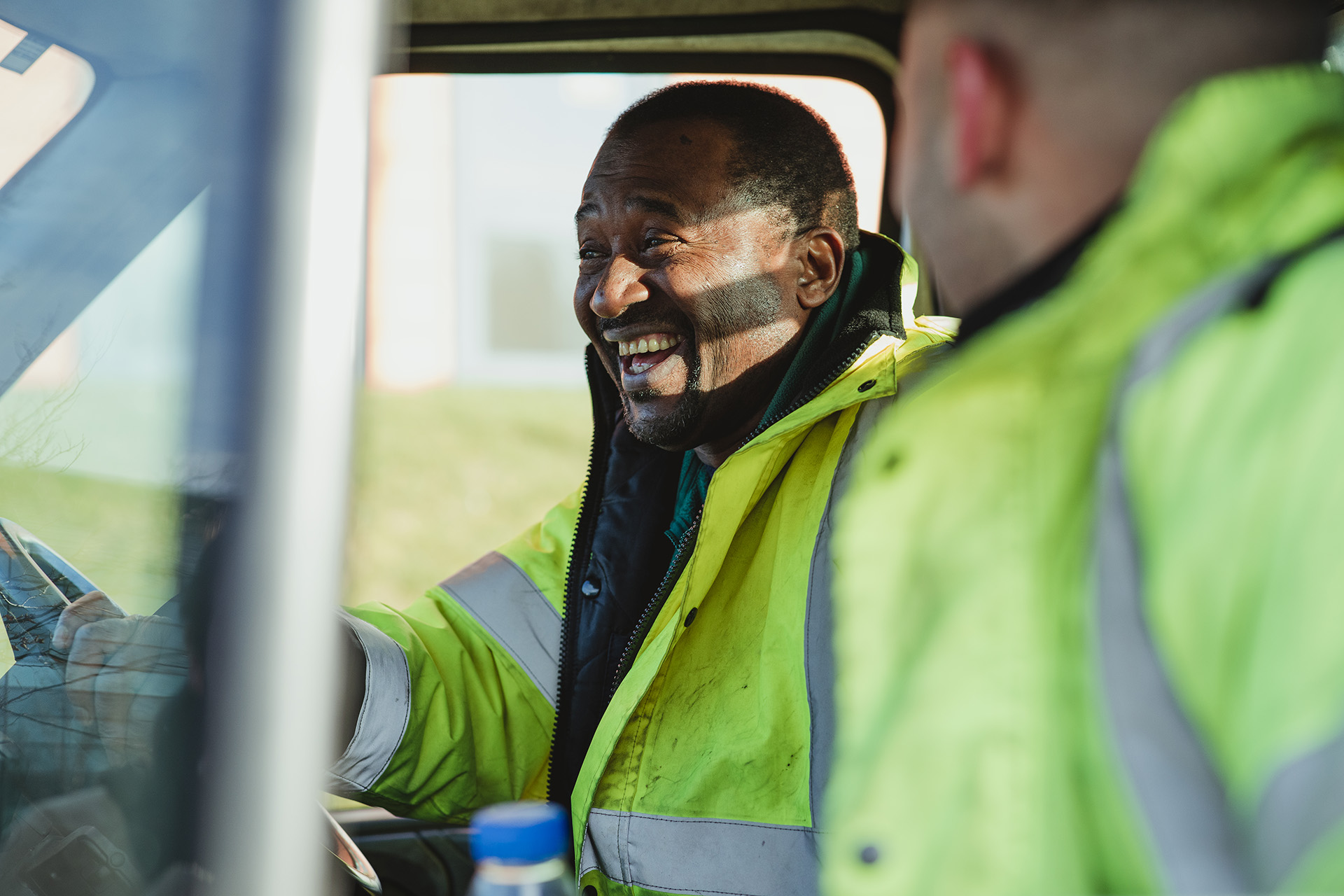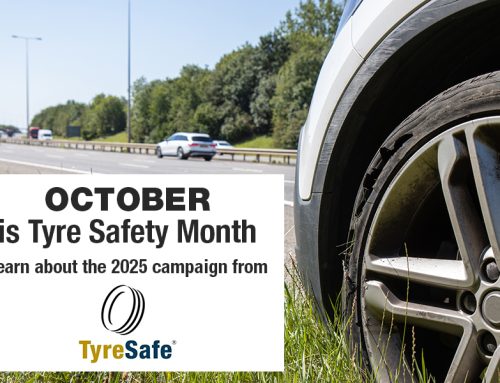David Shilling, Client Director – Trucks and Aftersales, at DEKRA outlines how fleet managers and driver managers facing onboarding bottlenecks, inconsistent training delivery, or growing compliance pressures can look at the options and access available support.
Onboarding Drivers Fast: A Practical Guide for Fleet Teams
Getting new drivers behind the wheel quickly is often a race against the clock. Whether it’s to keep up with growing demand, fill gaps during peak periods, or manage last-minute staff changes, the pressure on fleet and operations teams is constant. However, in the scramble to get people moving, one thing can’t be compromised: safety.
This guide is for the people responsible for making it all work – team leaders, operations managers, and fleet supervisors – who know that rushing training creates more problems than it solves. It’s not just about ticking boxes; it’s about protecting people, safeguarding assets, and keeping your operation running smoothly.
Poor onboarding doesn’t just risk safety; it can drive up insurance premiums, increase turnover, and erode customer satisfaction. Many teams lack the internal training infrastructure to deliver consistent, fast, and compliant onboarding. That’s where a reliable, scalable approach becomes a competitive advantage.
If your team needs to onboard safely, and fast, then here are some suggestions to support you.
Why Speed Alone Isn’t the Solution
It’s understandable that many delivery and transport teams feel the pressure to get new drivers on the road as soon as possible. Schedules are tight, margins are tighter, and recruitment pipelines don’t always keep up with demand. But relying on speed alone creates avoidable risk.
Here are some of the issues that arise when onboarding is rushed or unstructured:
- Knowledge Gaps in Safety Protocols
Drivers who receive incomplete or informal training often miss critical safety steps, from secure loading to driver fatigue management. These gaps increase the likelihood of minor incidents, serious injuries, or near-misses. - Inconsistent Training Across Locations
In decentralised operations, each depot or manager may deliver training differently. Without a standardised programme, it becomes hard to enforce compliance and measure results. This inconsistency is particularly challenging for organisations operating across multiple regions or countries. - Increased Insurance and Liability Risks
Drivers involved in collisions or incidents within their first weeks on the job can drive up premiums and raise questions from insurers about duty of care. Lack of documentation around onboarding also weakens your ability to defend against claims. - High Turnover and Low Confidence
Drivers who feel unprepared are more likely to leave early. A rushed start often leads to stress, disengagement, and the sense that safety isn’t prioritised. That means restarting the costly recruitment cycle again. - Damage to Brand Reputation
A driver who behaves unsafely on the road becomes a moving advertisement for the wrong reasons. Delivery incidents don’t just result in claims but also damage customer trust and public perception, especially in competitive, reputation-sensitive sectors. - Compliance Breaches
Onboarding shortcuts often overlook formal training requirements like Driver CPC or site-specific safety inductions. Missed steps can lead to legal consequences, failed audits, and hefty fines.
In short, the cost of poor onboarding far outweighs the perceived benefits of speed.
What a Safe, Fast and Effective Driver Onboarding Process Looks Like
The best fleet teams manage to get drivers on the road quickly and safely by following a consistent, modular approach. If you’re responsible for training delivery or managing compliance, the good news is that fast onboarding doesn’t mean sacrificing quality. It just means using the right tools, structure, and delivery formats.
Here’s what an effective onboarding system typically includes:
- Modular, Relevant Safety Training
Break content into focused, digestible modules that cover:
- Defensive driving and hazard awareness
- Fatigue management and stress handling
- Vehicle-specific practices (vans, trucks, cargo bikes)
- Safe loading and unloading procedures
- Delivery behaviour and public safety interactions
By delivering the essentials in concise blocks, your team can adapt content for different delivery roles—whether it’s a last-mile van driver, a subcontracted HGV operator, or a seasonal cargo bike courier.
Modular design also enables reusability across different onboarding journeys, helping teams without a formal training infrastructure standardise their approach efficiently.
- Flexible, Mixed-Format Delivery
Training should meet the realities of your operation. In a world where driver turnover is high and geographic spread is wide, flexibility is essential.
Use a blend of:
- Trainer-led sessions (on-site or depot-based) for hands-on learning
- Virtual classrooms for rapid multi-location deployment
- E-learning modules for repeatability and ease of access
This mix allows you to scale quickly without compromising on the consistency that compliance officers and insurers expect. It also empowers procurement teams to roll out safety training across regions, depots, or even international sites using a common structure.
- Behavioural Safety Focus
The most effective onboarding goes beyond task-based training. It addresses the human side of driving and delivery by reinforcing behaviour-based safety:
- Understanding why shortcuts lead to harm
- Recognising cognitive overload and distraction
- Encouraging near-miss reporting and self-awareness
When safety becomes a habit, not just a rule, your team becomes more resilient. This cultural shift improves retention, enhances morale, and strengthens your reputation with customers and regulators.
- Immediate Feedback and Early Check-ins
Training shouldn’t end with the last slide. Build structured follow-up into your onboarding timeline:
- First-week check-ins with line managers
- Quick refresher quizzes or short toolbox talks
- Simple digital assessments for audit readiness
This is particularly important when working with subcontractors, where documentation and assurance matter most to compliance officers and insurance stakeholders. Well-documented onboarding alongside a good practice driving for work policy also helps to protect you in the event of an incident or audit.
Driver Training – 3 Delivery Formats, 1 Safety Standard
The strengths of each training format and how they can support fast, scalable onboarding without losing consistency:
| Format | Ideal For | Strengths |
|---|---|---|
| Trainer-led (onsite) | New drivers, hands-on tasks, depot-based teams | High engagement, interactive feedback, real-life examples |
| Virtual classroom | Distributed teams, multi-site rollouts | Consistent delivery, fast deployment |
| E-learning modules | Subcontractors, refresher training, remote staff | Cost-effective, scalable, flexible pacing |
Each format serves a unique purpose, but all must deliver the same behavioural expectations, legal standards, and safety culture.
The ability to use all three delivery methods allows teams to:
- Adapt quickly to changing recruitment volumes
- Train subcontractors to the same high standard as permanent staff
- Stay audit-ready with documented, trackable learning paths
For fleet leaders and compliance teams alike, this flexibility turns training into a strategic asset—one that reduces insurance risk, prevents legal exposure, and builds internal credibility across regions.
Is Your Driver Onboarding Process Fit for Purpose?
Take a few minutes to assess your current approach using this list as a guide – can you say ‘yes’ to all of these points?
✅We deliver consistent safety training across all locations and driver types
✅Our onboarding is fast, scalable, and trackable for permanent and subcontracted staff
✅We use modular training tailored to different delivery roles (e.g. van, cargo bike, HGV)
✅Training formats include at least two methods (e.g. classroom + virtual)
✅Our onboarding meets legal requirements (e.g. Driver CPC, site-specific inductions)
✅We follow up with drivers after onboarding to reinforce learning and behaviour
✅Our training records are accessible and audit-ready
Why Driver Onboarding Matters More Than Ever
Getting driver onboarding right isn’t just about saving time. It’s about reducing real-world work related road risk, protecting people, and demonstrating to insurers, clients, and regulators that your organisation is serious about safety.
In today’s high-pressure delivery environments, where turnover is high and resources are stretched, scalable, compliant, and behaviour-focused training is no longer optional. It’s essential.
Done well, it can:
- Lower your incident rates
- Boost driver confidence and morale
- Improve customer satisfaction and delivery reliability
- Reduce insurance premiums and audit exposure
And with the right partner, it doesn’t have to take weeks.
| Onboarding Support
If you’re facing onboarding bottlenecks, inconsistent training delivery, or growing compliance pressures, support is available. DEKRA works with teams of all sizes to deliver fast, flexible, and safety-first onboarding. Their transport and delivery training solutions are modular, behaviour-focused, and available in formats that suit your operational needs. |






